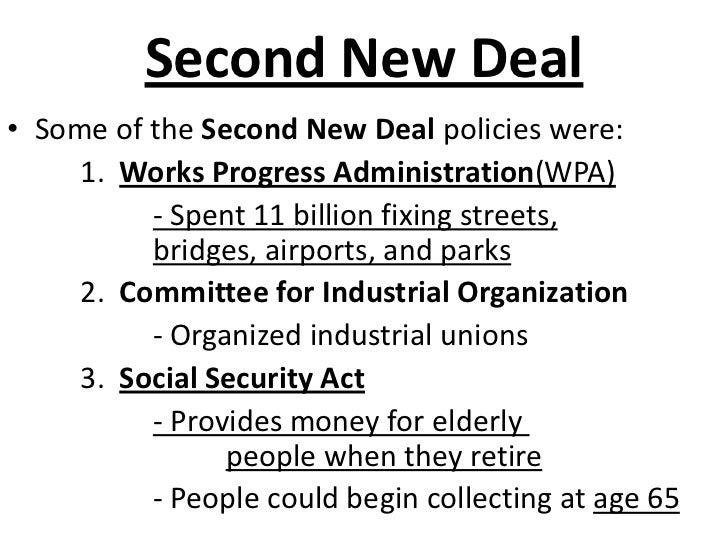
Second New Deal 1935 to 1943
From the WPA Description on Wikipedia of the World-Wide-Web, August 28, 2021
The Works Progress Administration (WPA; renamed in 1939 as the Work Projects Administration) was an American New Deal agency, employing millions of job-seekers (mostly men who were not formally educated) to carry out public works projects, including the construction of public buildings and roads. (The first new deal included the Civilian Conservation Corps, the CCC.)
It was established on May 6, 1935, by presidential order, as a key part of the Second New Deal. The WPA’s initial appropriation in 1935 was for $4.9 billion (about 6.7 percent of the 1935 GDP). Headed by Harry Hopkins, the WPA provided paid jobs to the unemployed during the Great Depression in the United States, while building up the public infrastructure of the US, such as parks, schools and roads. Most of the jobs were in construction, building more than 620,000 miles (1,000,000 km) of streets and over 10,000 bridges, in addition to many airports and much housing.
The largest single project of the WPA was the Tennessee Valley Authority, the huge hydro-power project that is still operating in the Tennessee River watershed.
At its peak in 1938, it provided paid jobs for three million unemployed men and women, as well as youth in a separate division, the National Youth Administration. Between 1935 and 1943, the WPA employed 8.5 million people. Hourly wages were typically set to the prevailing wages in each area. Full employment, which was reached in 1942 and emerged as a long-term national goal around 1944, was not the goal of the WPA; rather, it tried to provide one paid job for all families in which the breadwinner suffered long-term unemployment.
In one of its most famous projects, Federal Project Number One, the WPA employed musicians, artists, writers, actors and directors in arts, drama, media, and literacy projects. The five projects dedicated to these were: the Federal Writers’ Project (FWP), the Historical Records Survey (HRS), the Federal Theatre Project (FTP), the Federal Music Project (FMP), and the Federal Art Project (FAP).
In the Historical Records Survey, for instance, many former slaves in the South were interviewed; these documents are of great importance for American history. Theater and music groups toured throughout the United States, and gave more than 225,000 performances. Archaeological investigations under the WPA were influential in the rediscovery of pre-Columbian Native American cultures, and the development of professional archaeology in the US.
The WPA was a federal program that operated its own projects in cooperation with state and local governments, which provided 10–30% of the costs. Usually the local sponsor provided land and often trucks and supplies, with the WPA responsible for wages (and for the salaries of supervisors, who were not on relief). WPA sometimes took over state and local relief programs that had originated in the Reconstruction Finance Corporation (RFC) or Federal Emergency Relief Administration programs (FERA).
It was liquidated on June 30, 1943, as a result of low unemployment during World War II. Robert D. Leighninger asserted: “millions of people needed subsistence incomes. Work relief was preferred over public assistance (the dole) because it maintained self-respect, reinforced the work ethic, and kept skills sharp.”
NOTE: Other WPA projects included the Morgantown Municipal Airport, Bruce Park Swimming Pool in New Martinsville, Oglebay Park Pool near Wheeling and numerous infrastructure projects in Fairmont, Clarksburg, Kingwood, Camp Dawson, and many other projects throughout the State and Nation.
